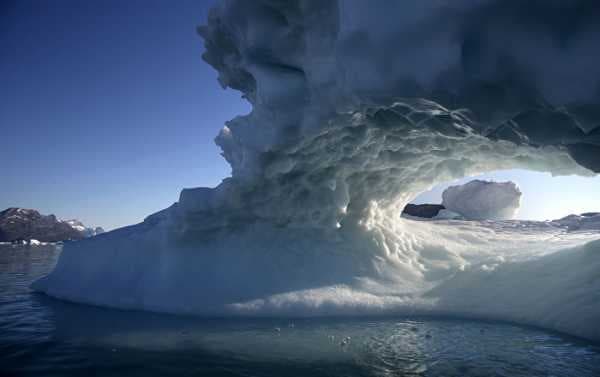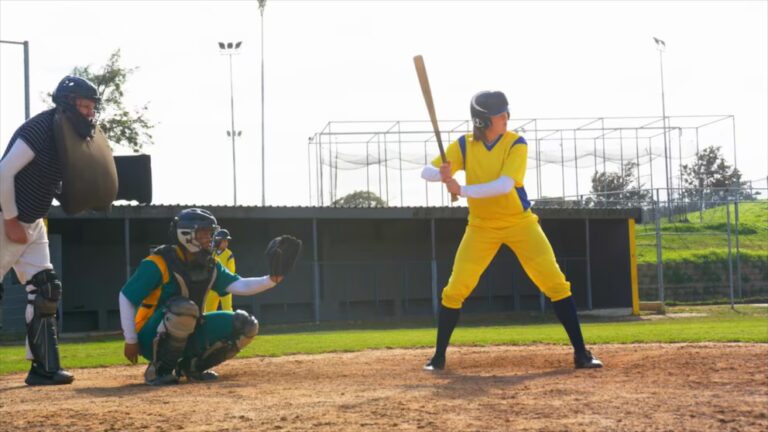
Until now it was assumed that the iceberg below the surface of the ocean trapezoidal. This belief, however, was questioned by the Danish researchers who have a full 3D scan of icebergs off the coast of Greenland with innovative contraption ready to give Laura the ice a huge boost.
Underwater robot created by Danish researchers from Aarhus University predicted revolutionized glaciology through the development of accurate models for the melting of the icebergs, according to the daily newspaper “Jyllands-Posten”.
Icebergs can have a surface that covers thousands of football fields, but until now, scientists had based their calculations on the shape and size of the icebergs on assumptions and not actual data. NorthROV is the first device of its kind, giving researchers access to the study of icebergs in full size all year round.
Through the comprehensive 3D scanning in the waters off the coast of Greenland, a group of three Danish students of technical dispelled entrenched belief that the trapezoidal icebergs under the water, finding that they really can take many different forms. NorthROV, which took a couple months to build, is very useful, as it provided researchers with invaluable material from the cold depths.
“In fact, we saw wasn’t close to the trapezius, and around a big amount of snow water paths large traffic jams and deep holes,” student Robert søndergaard was said, “Jyllands-Posten”.
According to glaciologist Daniel Carlson Arctic research centre at Aarhus University, the underwater robot can play a key role in Arctic research.
“This is a natural history and scientific milestone that we now have access to the study of icebergs under water. It enriches scientific understanding of icebergs as natural phenomena, but also allows engineers to develop accurate models of calculation, as they melt,” Carlson commented.
The creators NorthROV qualified for the world Cup in the design of a robot for students, which starts in may.
Sourse: sputniknews.com






